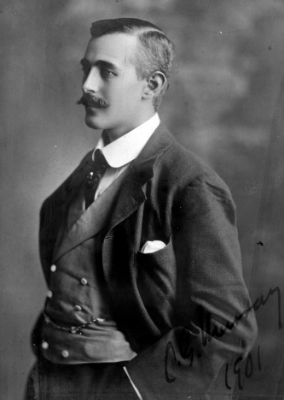"Men vs Boys" The power of a suit
Tracy Xavier
Okay, I get it, not every guy likes wearing suits, or has the type of job that requires a suit. With that said, if you are so inclined to wear suits. You have got the leg up. Below is a picture of my father in law when he was 18 years old in 1938. Gilbert Xavier. A very dapper young man. Polished look with great fitted suit & vest, tie with tie chain and even a pocket square.
Wearing a suit is a sort of armor in a way. It adds to your body's silhouette giving you nice broad shoulders. Men respect men in suits and women feel protected by the look of a man in charge. I thought it might be of interest to share with our readers some History of Suits.
The modern lounge suit's derivation is visible in the outline of the brightly colored, elaborately crafted royal court dress of the 17th century (suit, wig, knee breeches), which was shed because of the French Revolution. This evolution is seen more recently in British tailoring's use of steam and padding in molding woolen cloth, the rise and fall in popularity of the necktie, and the gradual disuse of waistcoats and hats in the last fifty years.
The modern lounge suit appeared in the late 19th century, but traces its origins to the simplified, sartorial standard of dress established by the English king Charles II in the 17th century. In 1666, the restored monarch, Charles II, per the example of King Louis XIV's court at Versailles, decreed that in the English Court men would wear a long coat, a waistcoat (then called "petticoat"), a cravat (a precursor of the necktie), a wig, and knee breeches (trousers), and a hat.
In the early 19th century, British dandy Beau Brummell redefined and adapted this style, then popularized it, leading European men to wearing well-cut, tailored clothes, adorned with carefully knotted neckties. The simplicity of the new clothes and their somber colors contrasted strongly with the extravagant, foppish styles just before. Brummell's influence introduced the modern era of men's clothing which now includes the modern suit and necktie.
Beau Brummell (1778-1840) a Regency dandy and fashion leader, famous for his elegant dress, his witty remarks and his friendship with George, Prince of Wales, the future George IV.In 1786, Brummell was sent to Eton with his elder brother, William. They were Oppidans or fee-paying boys and boarded with Dame Young. Brummell mingled with the aristocracy, becoming known for his gentlemanly manners and ready wit, which kept him out of trouble. He developed an interest in dress and his elegant bearing earned him the nickname Buck Brummell. When Brummell’s father died in 1794, he left his estate to be shared equally between his three children, rather than the whole going to his eldest son. The estate, valued at around £60,000, was to be held in trust until the children came of age. This was a huge fortune, equivalent to more than £5 million today using the retail price index, and more like £70 million when relative earnings are taken into account.
Beau Brummell in 1815
Brummell moved into 4 Chesterfield Street in 1799 and determined to become the best dressed gentleman in London. His levées became events of great importance as gentlemen, including the Prince of Wales, came to see how he dressed. It was around 1800, after Brummell’s first season in London, that he acquired the nickname Beau.
His style was understated elegance, with a limited palette of colors, rather than the gaudy finery of the Georgian gentleman. He was famous for the intricate folds of his neck cloth and the Bath coating material of his blue jacket. He patronized a variety of tailors so that no one could say that they made him famous.
Suit cuts may change, tie widths may change, collar styles may change......but the power of a suit never does.




